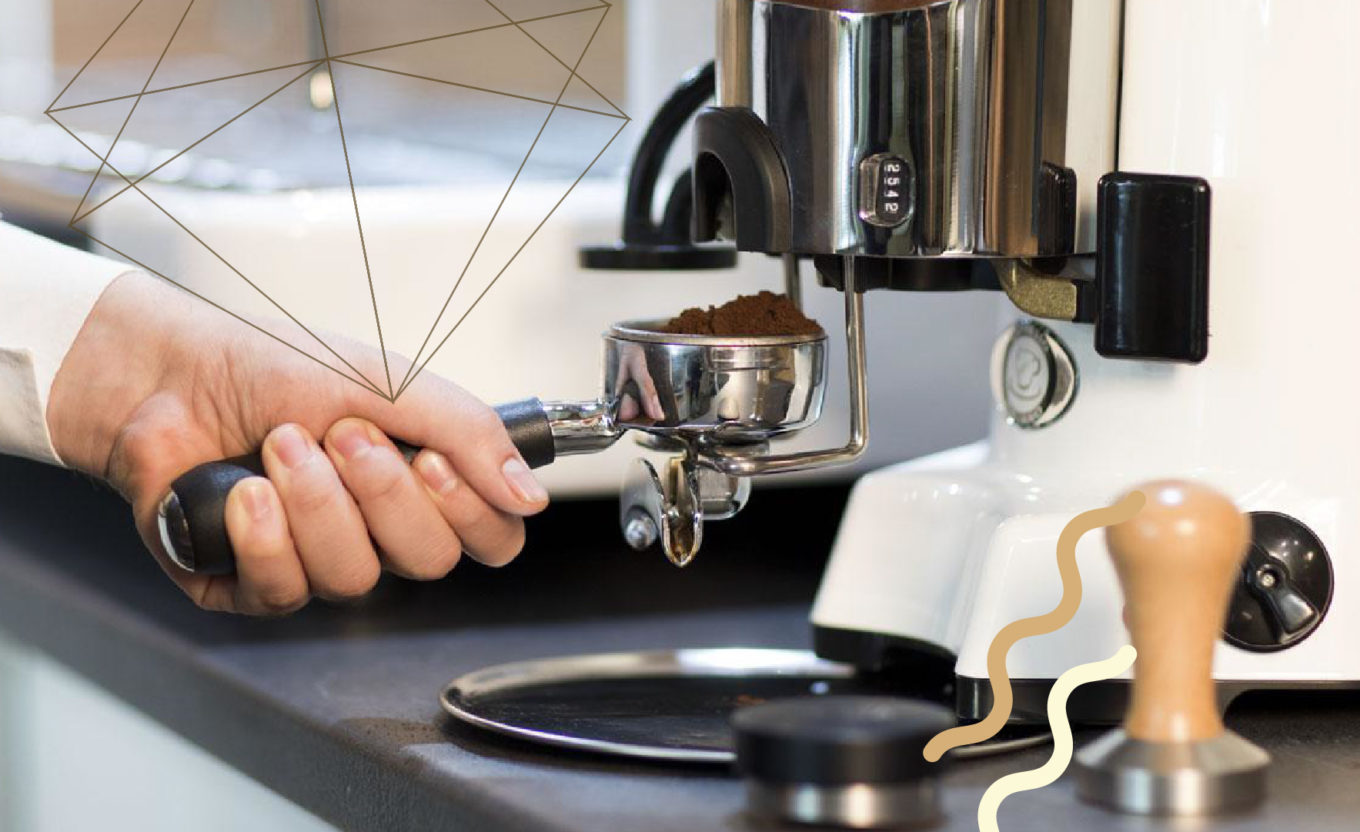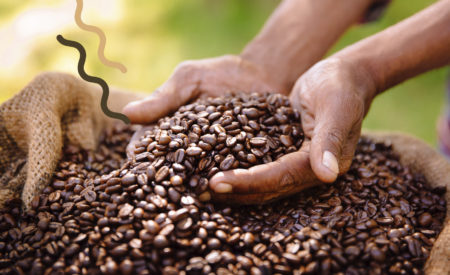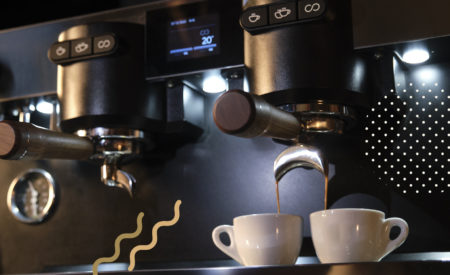For coffee lovers, grinding is part of the brewing ritual. Going from bean to powder has a decisive impact on the final result, but there is no one way to do it. Let’s see together which grain is best to choose and what tools we have at our disposal.
When and how to grind coffee
Did you know that fifteen minutes after grinding the coffee bean, we have already lost most of the aromas? The best way to keep the aromatic properties of your favorite blend intact is to keep the beans whole and grind them only just before extraction.
Grinding breaks the bean into small pieces and releases the aromatic substances by offering them to the passage of water. The size we choose for the grains affects the speed at which water passes through the coffee, and consequently the time in which it extracts aroma and substances.
Which grind should you choose?
When the grain of ground coffee is coarse, it provides more space for water; the finer the grain, the greater the resistance to passage and the longer the time the water spends in contact with the coffee powder.
- When brewing coffee using infusion methods, the coffee remains in contact with water for almost the entire extraction time. In this case, it is good to choose a wider grain, which releases the aroma slowly.
- If we want to extract coffee using percolation, for example with the V60, the grain size should be medium, so as to slightly retain water without slipping through the filter.
- For all pressure extraction methods, such as mocha or espresso, a fine grain is chosen. The water finds strong resistance and, driven by the pressure, quickly extracts intensely flavored coffee with a very thick crema.
Coffee grinding tools
The oldest method of coffee grinding is the marble mortar. Although the object retains all its charm, it is no longer used because grinding is very labor-intensive and does not guarantee a uniform result.
The crank grinder is an inexpensive method that can be very useful for small amounts of coffee for household use, perhaps intended for the mocha.
Electric coffee grinders are very common. Those for home use do not allow you to control the grain size, while commercial-grade ones, suitable for working with large quantities of coffee every day, allow you to set the correct grain size. It is an essential tool for working with different blends and enhancing their different characteristics.





